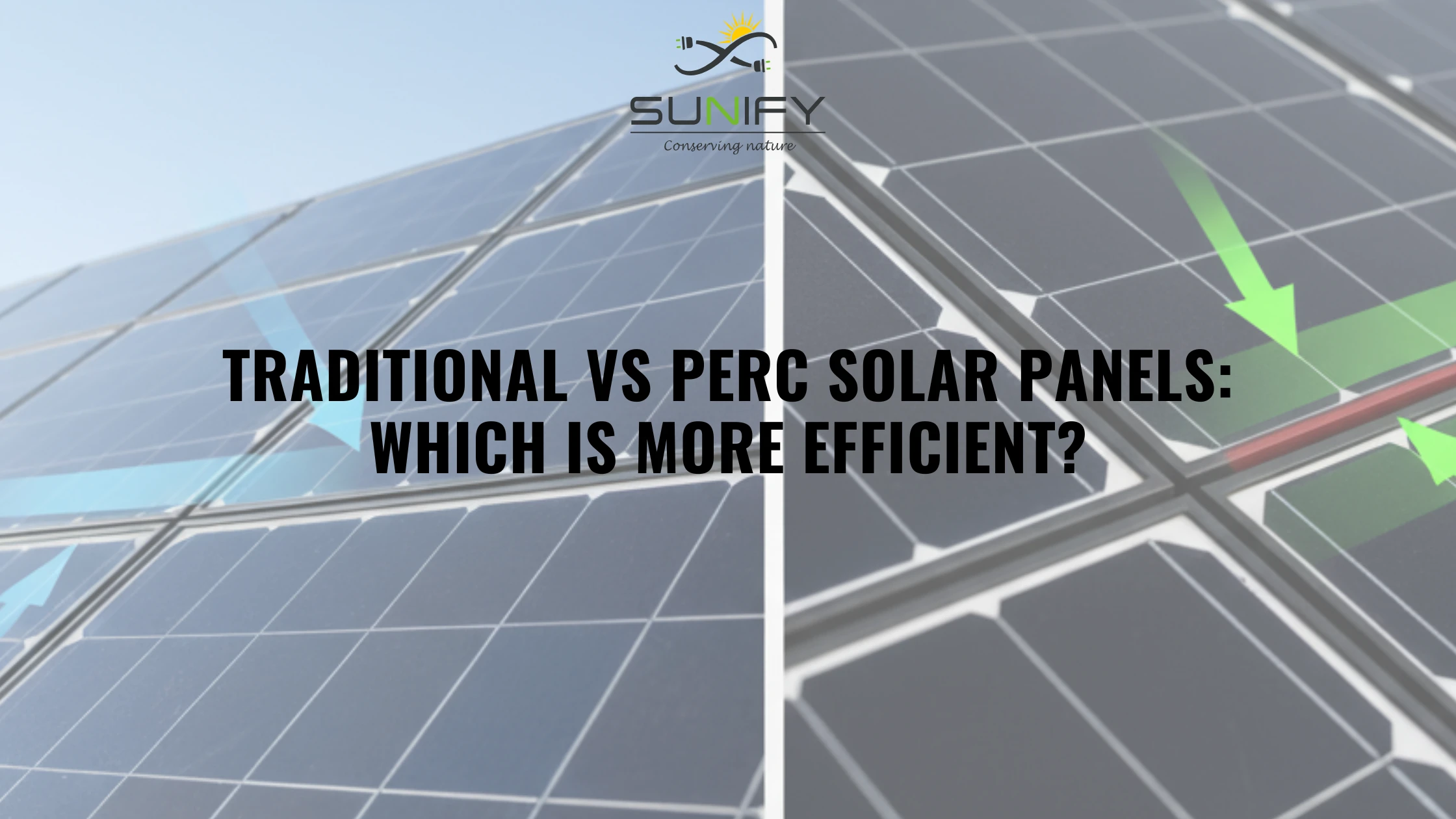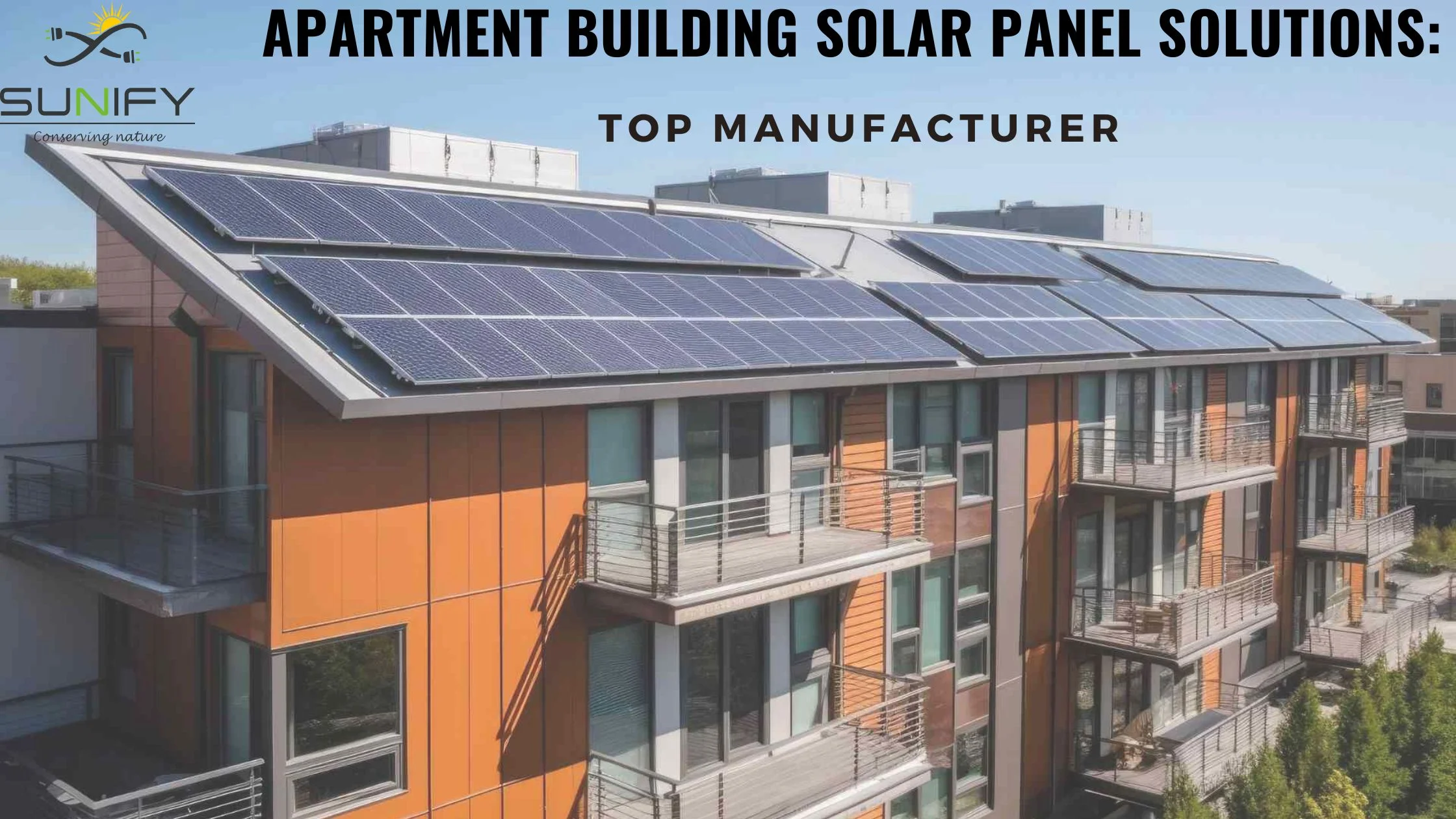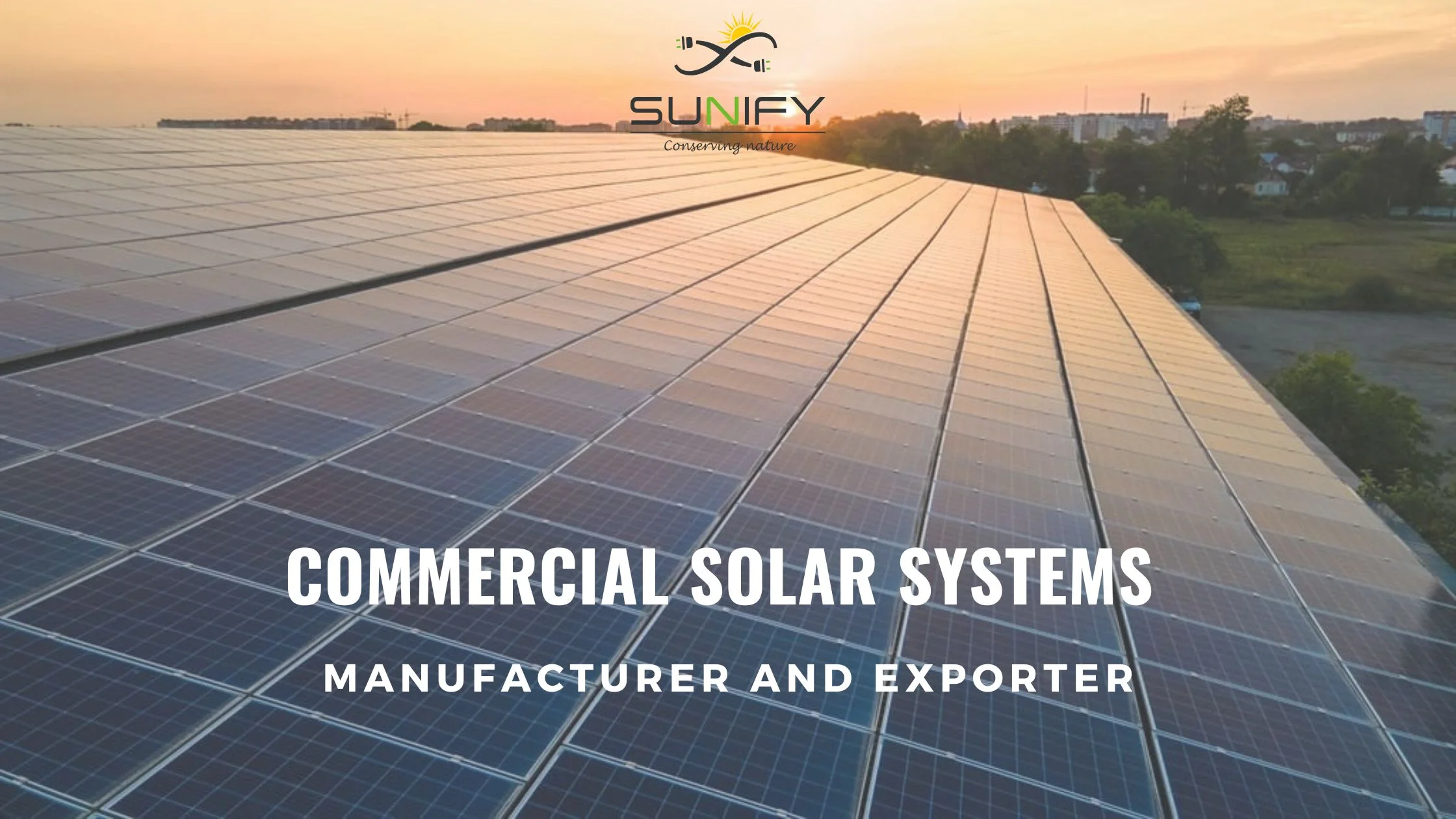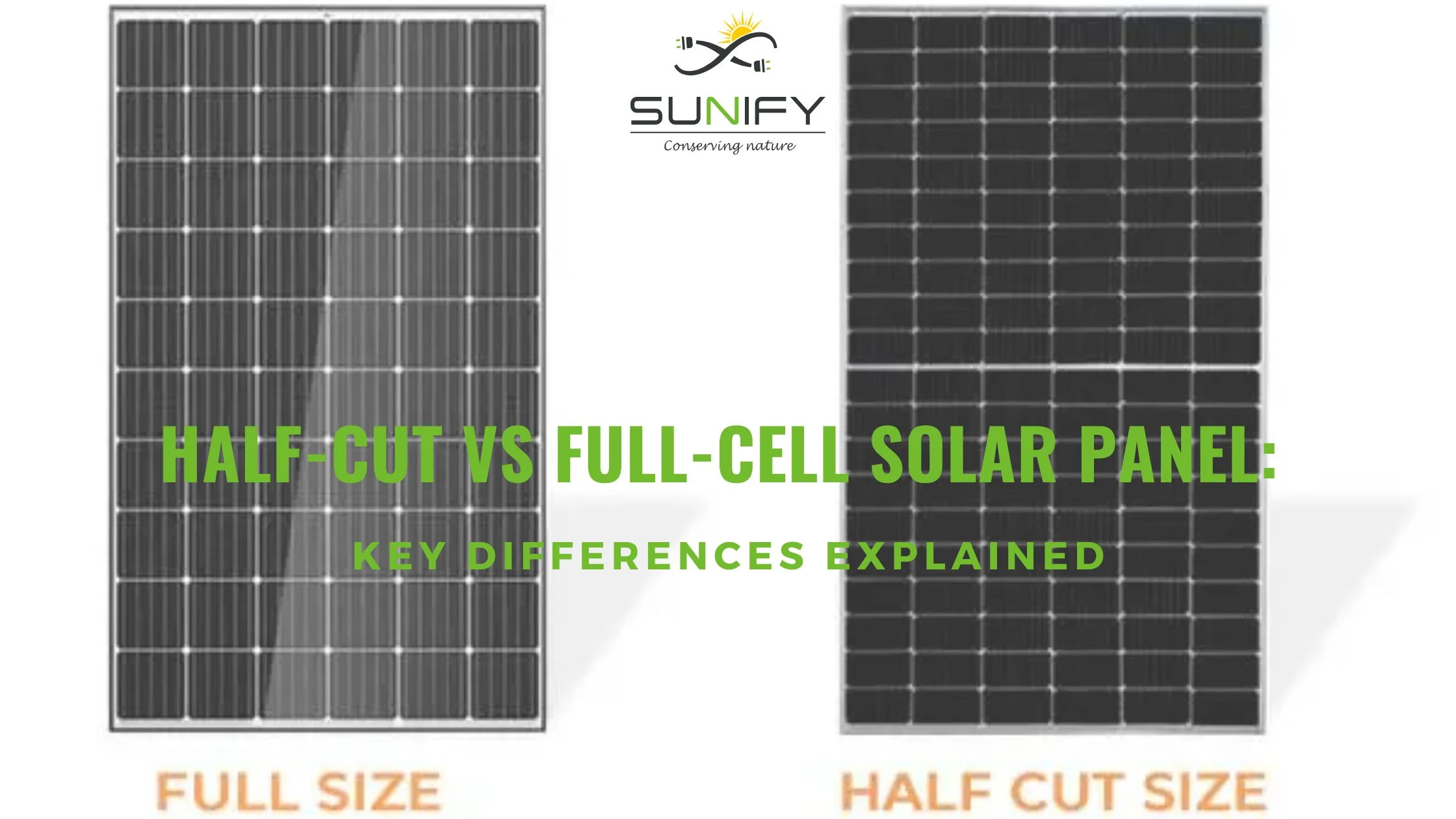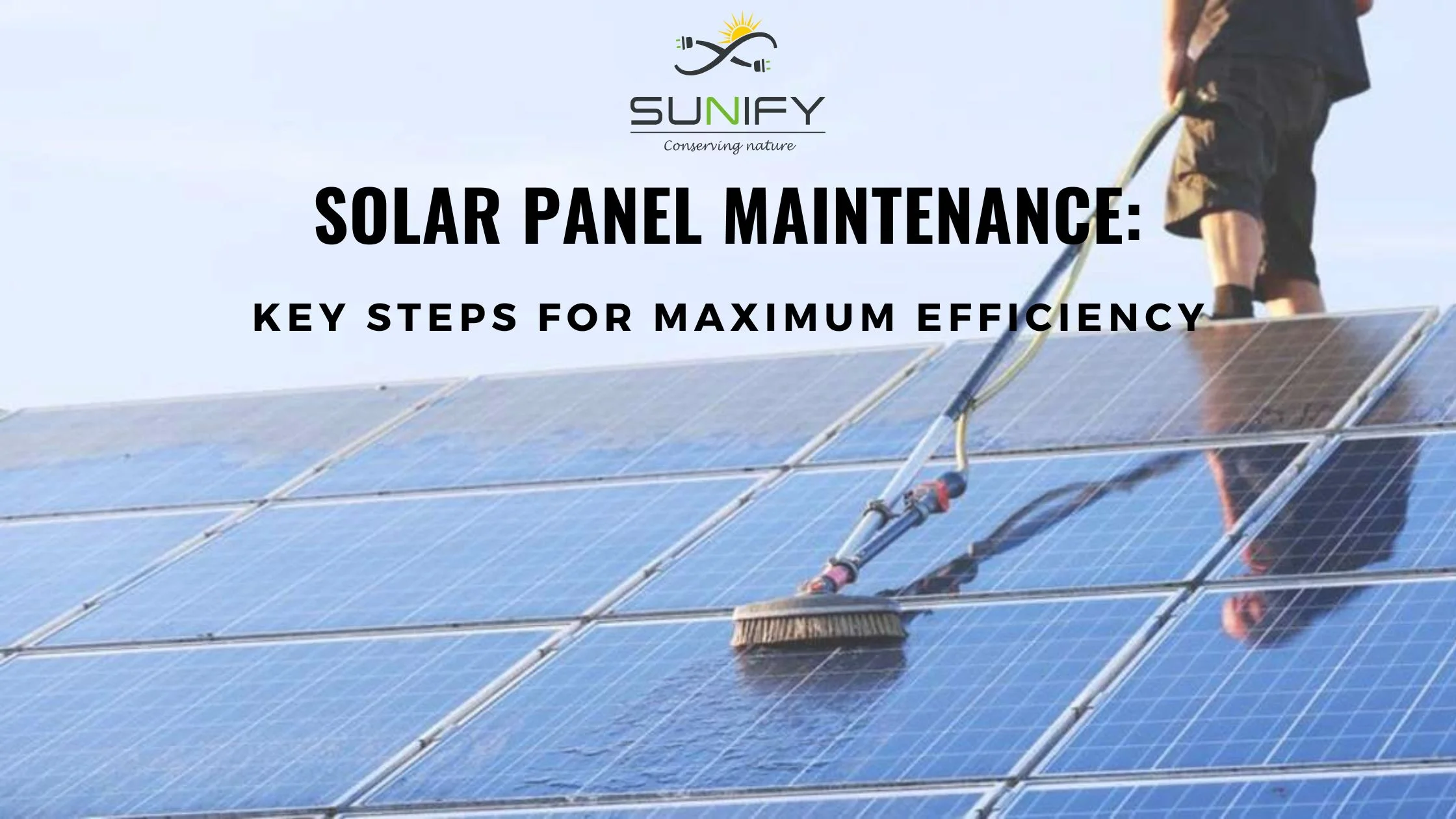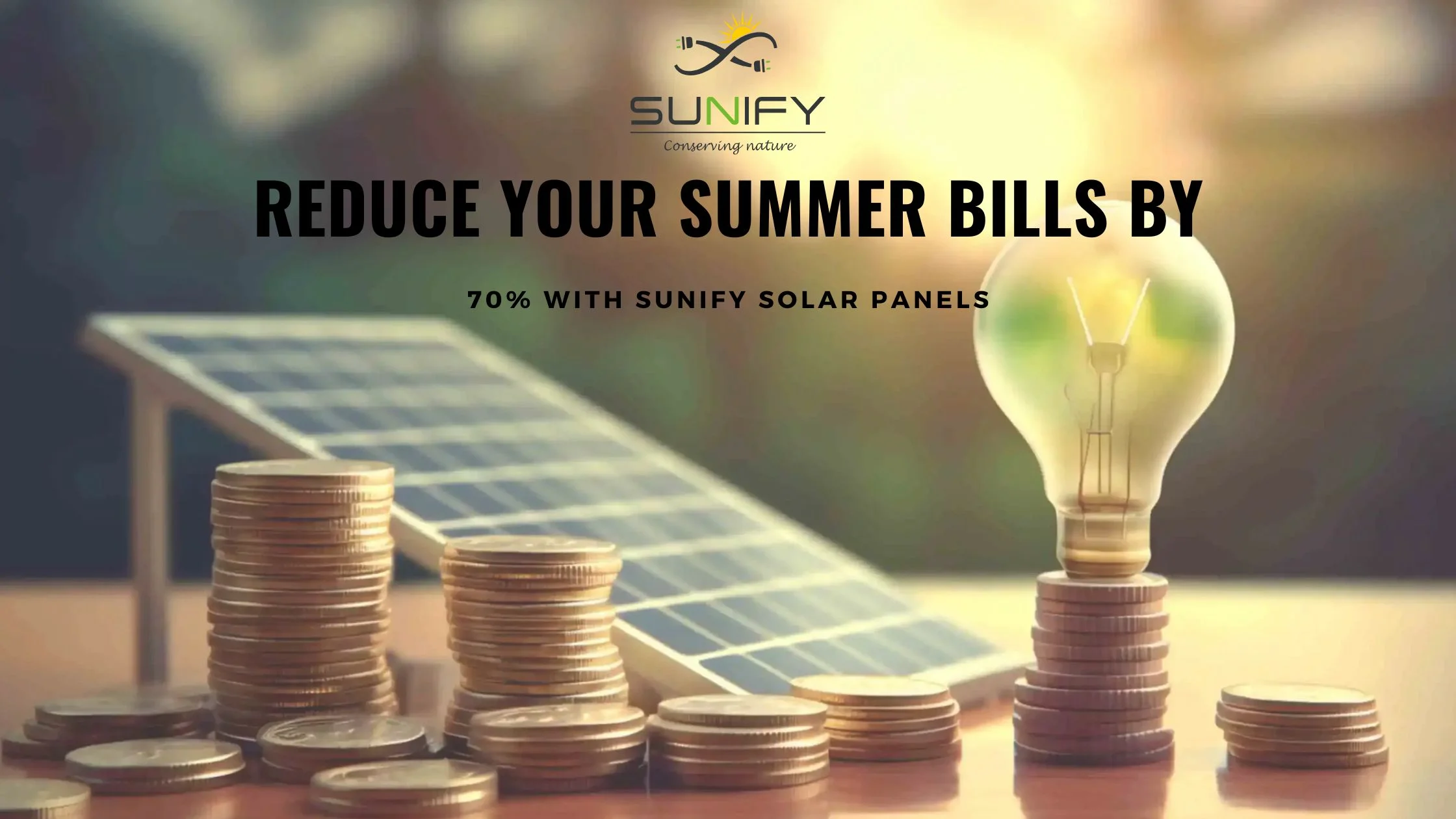
Connect With Our Team
When you’re considering installing solar panels, the big question often isn’t just “how much will it cost?” but “how much power will I actually get?” Efficiency is a key factor. In this post, we’ll compare traditional solar panels (especially those using Al-BSF or conventional mono/poly crystalline cells) with PERC solar panels. We’ll help you understand when PERC (mono PERC, mono half-cut, bifacial, etc.) is worth the extra cost, and when traditional panels may suffice.
What Are Traditional Solar Panels?
Traditional solar panels most commonly refer to panels that use Aluminium Back Surface Field (Al-BSF) solar cells, with either monocrystalline or polycrystalline silicon wafers. The rear side of the solar cell is coated with a continuous aluminium layer that forms the back surface field (BSF). This helps reduce recombination of charge carriers at the rear surface to some extent, boosting voltage and current.
Typical efficiency for traditional Al-BSF mono crystalline cells tends to lie somewhere around 18-20%, depending on build quality, manufacturing, and test conditions. In lab settings maybe higher; in real conditions, temperature, light angles, shading, etc., reduce output. Traditional panels are well understood, relatively simple to manufacture, and are usually cheaper per watt initially.
Advantages:
-
Proven technology with decades of use.
-
Relatively lower cost compared to newer models.
-
Wide availability in the global market.
Limitations:
-
Lower efficiency compared to newer innovations.
-
Limited performance in high-temperature regions.
-
Reduced ability to capture sunlight reflected inside the cell.
What Are PERC Solar Panels?
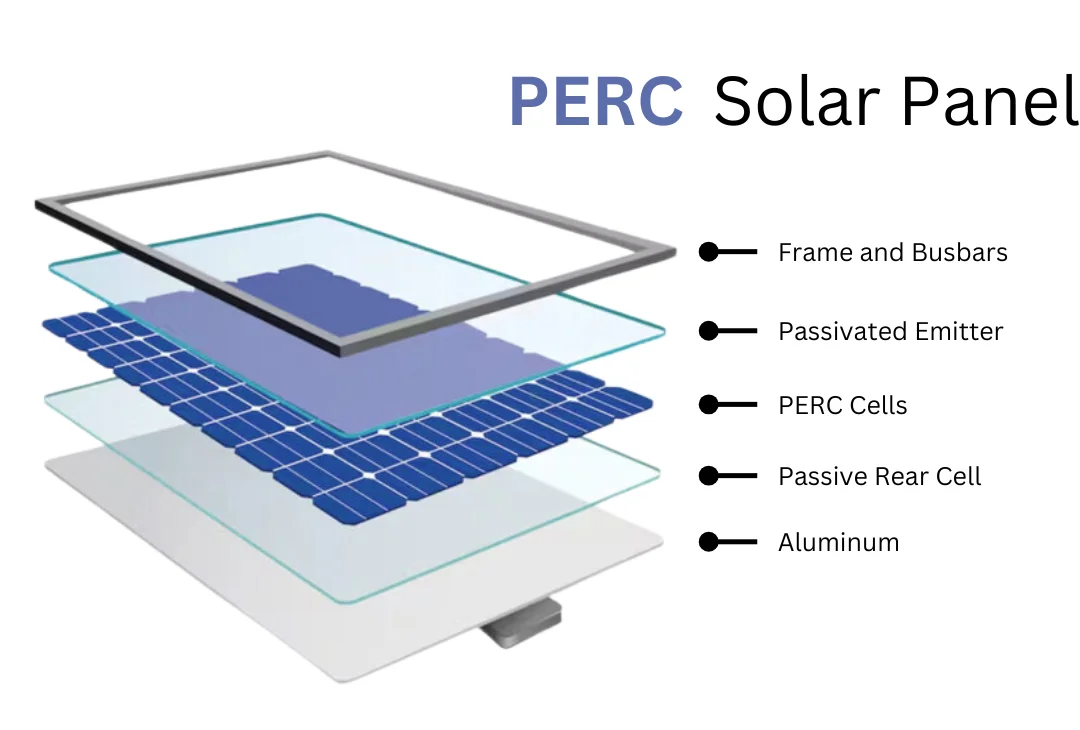
PERC stands for Passivated Emitter Rear Contact. The key innovation is adding a rear passivation layer, with localised or selective rear contacts, and in many designs using a reflector or dielectric layer on the back. This reduces recombination losses on the rear side, traps more light, and improves efficiency, especially for light that would otherwise escape or be lost.
There are multiple variants:
-
Mono PERC: PERC structure with monocrystalline cells
-
Mono Half-Cut PERC: Cells cut in half to reduce resistive losses, better shade tolerance
-
Mono PERC Bifacial: Panels that can capture reflected/diffuse light from the rear side in addition to the front
-
Monofacial PERC: Panels that only generate from the front side, but still benefit from PERC improvements
Advantages of PERC Solar Panels:
-
Higher efficiency due to improved light capture.
-
Better performance in low-light and high-temperature conditions.
-
Increased energy yield per square meter, making them suitable for space-limited rooftops.
PERC panels tend to be more efficient in high temperature, low light, or partially shaded conditions, compared to many traditional panels.
How Do PERC Solar Panels Differ from Traditional Solar Panels?
The main difference lies in the rear-side technology:
-
Traditional solar panel → aluminum back layer.
-
PERC solar cell → passivation layer + reflective surface to capture additional light.
This small technological tweak can increase panel efficiency by 1% to 2%, which makes a big impact over time.
Efficiency Comparison: Traditional (Al-BSF) vs PERC Panels
| Feature | Traditional Al-BSF / Standard Mono/Poly Panels | PERC / Mono PERC / Half-Cut / Bifacial PERC |
|---|---|---|
| Typical Lab Efficiency | ~18-20% | ~20-23% in many commercial modules; higher in controlled lab settings. |
| Rear recombination losses | Relatively higher | Lower, due to passivation layers and selective contacts reducing rear surface recombination. |
| Performance in high temperature | Degrades more | Better temperature coefficient; less drop with rising heat. |
| Low light / diffuse light | Lower yield under non-ideal lighting, shadows, dawn/dusk. | Better capture under diffuse light / oblique angles. |
| Degradation / Loss over Time | Subject to LID, PID; also more recombination losses at rear. | Improved handling of LID/PID, better long-term yield. |
One field study shows that while Al-BSF cells still perform well, PERC modules outperform them in many real-world test sites, especially in hotter climates.
Other Performance Considerations
-
Temperature Coefficient: Every solar cell loses efficiency as its temperature rises. PERC cells generally have a better (i.e. lower) temperature coefficient, meaning less loss per degree Celsius of heat. This is important for places with hot and sunny climates.
-
Low-Light & Shade Tolerance: Half-cut mono PERC and bifacial mono perc panels do better under partial shading, dawn/dusk, or in diffuse light (cloud cover), because the structure, cell layout and light-capture from rear side (in bifacial) help.
-
Bifacial Gains: In bifacial PERC panels, ground albedo (reflection) can add meaningful output. If properly installed (spacing, tilt, clean rear side), this can boost output several percent.
-
Module Layout (Half-Cut, Monofacial vs Bifacial): Half-cut reduces resistive losses (because current paths are shorter), improves shade tolerance; monofacial vs bifacial affects cost, rear harvesting etc.
Cost, ROI, and Practical Trade-Offs
While PERC panels often deliver higher efficiency and better performance, they are usually more expensive upfront. The cost per watt may be higher, but because fewer panels may be needed for the same power output (or less roof/land area), BOS (Balance of System) costs (racking, wiring, maintenance) and installation can become more favourable.
Also consider:
-
Lifetime degradation: warranties, expected performance after 10, 20, 25 years
-
Maintenance: bifacial panels need the rear side to be clean or have reflective surfaces; shading etc.
-
Local climate: in very hot, dusty, or low light zones, PERC’s advantages are more useful
Is Traditional Al-BSF Still a Good Option?
Yes, in some situations:
-
If the budget is tight and upfront cost is the biggest concern
-
If you have a large roof/land area so extra panels are affordable
-
If climate is moderate, sun exposure is consistent, and temperature isn’t extreme
-
If you don’t have shading issues and ground/albedo reflection is not usable
In these cases, traditional mono or polycrystalline Al-BSF panels may still deliver acceptable return on investment.
When PERC (Mono PERC, Half-Cut, Bifacial) Is Worth It
-
When space is limited (rooftops, small hall spaces) so higher efficiency per square metre matters
-
In hotter climates where traditional panels lose more efficiency with heat
-
If you expect partial shading or have reflective ground surfaces (bifacial will help)
-
Long-term usage (20-25 years) where higher yield over time offsets higher initial costs
Which Solar Panel Is More Efficient?
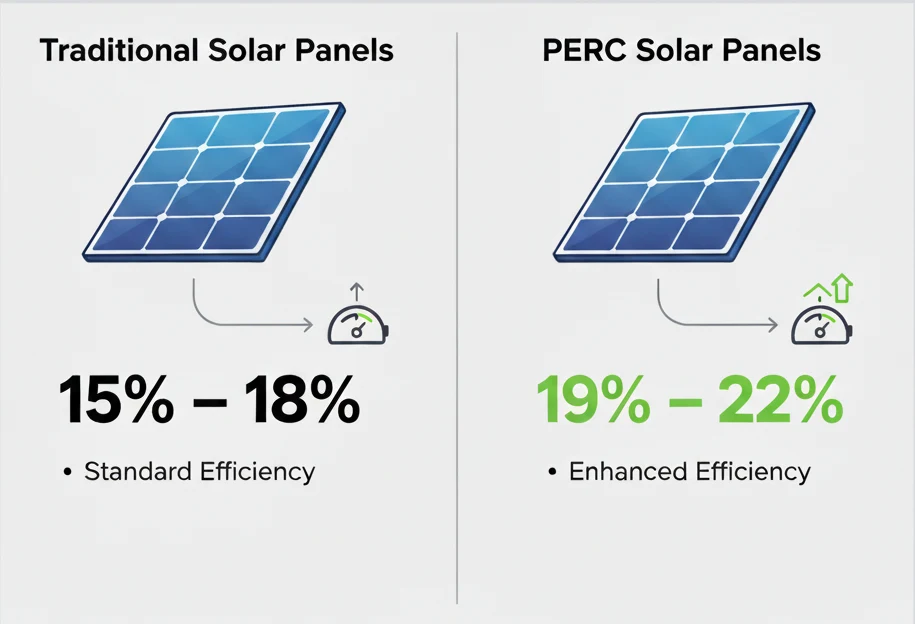
If efficiency is your priority, PERC modules clearly outperform traditional Al-BSF solar cells.
Efficiency Range:
-
Traditional solar panels: ~15% – 18%
-
PERC solar panels: ~19% – 22%
That higher conversion rate means you need fewer panels to generate the same amount of power.
Why Should You Choose PERC Panels for Your Project?
Here are key reasons to consider upgrading:
-
Higher Power Density : More watts per square meter.
-
Better in Hot Climates : They maintain stronger performance under heat.
-
Cost-Effectiveness in the Long Run : Slightly higher upfront cost, but faster return on investment.
-
Compatibility : Works well with half cut mono PERC panels and bifacial systems.
Conclusion
In sum, PERC solar panels (especially mono PERC, half-cut, bifacial versions) tend to outperform traditional solar panels (Al-BSF mono/poly) under many realistic conditions high temperature, low light, shade, and limited space. They deliver higher efficiency and better long-term yield, though often at higher upfront cost.
However, traditional panels are not obsolete. For certain budgets, static climates, and large space availability, they remain viable and cost-effective.
If you’re considering solar panels for your home or business, Sunify Solar can help you evaluate which technology best matches your site, climate, and budget. Contact us for a customised quote or performance simulation getting the right panel now means better returns for years to come.
People Also Ask
1. What is a PERC solar cell?
A PERC solar cell is a crystalline silicon solar cell enhanced with a passivation layer at the rear side to capture more light and improve efficiency.
2. Are mono PERC panels better than polycrystalline panels?
Yes. Mono PERC panels typically offer higher efficiency, better aesthetics, and improved performance compared to polycrystalline options.
3. What is the lifespan of PERC PV cells?
Most PERC PV cells last around 25–30 years with proper maintenance, similar to traditional solar modules.
4. Do PERC panels perform better in cloudy conditions?
Yes. Thanks to their reflective design, PERC solar panels can generate more power in low-light conditions compared to traditional Al-BSF cells.
5. What is the difference between mono PERC half cut and monofacial solar panels?
-
Mono half cut solar panels reduce power loss and improve durability.
-
Monofacial solar panels capture light only from one side.
Recently Posted
Whatsapp Chatx
Hi! Click one of our representatives below to chat on WhatsApp or send us email to solar@sunifysolar.in

|
************** +91 81414 55503 |

We will love to hear from you!


